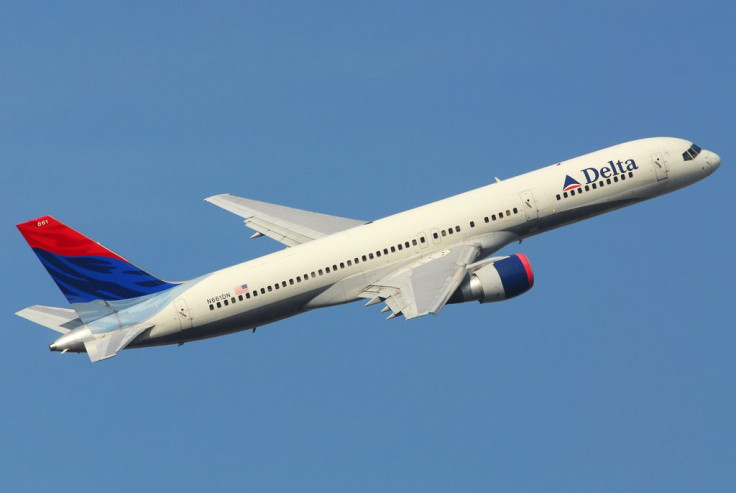Air Canada, WestJet And SkyJet Post Growth In December And Year; Capacity Cuts And Rising Demand Cited

U.S. and Canadian commercial airlines posted strong results last month by resisting the temptation to expand their fleets even as pent-up demand for air travel increased.
Air Canada (TSX:AC.B) of Dorval, Quebec, and Calgary’s WestJet Airlines Ltd.(TSX:WJA) both reported on Monday record load factors for the month. Air Canada, the nation's largest commercial carrier, said it hit a record load factor for the year, too.
Load factor is a benchmark used by the airline industry that measures the percentage of total capacity being used. For example, a load factor of 80 percent means the carrier delivered passengers on average across its entire fleet with 20 percent vacant seats.
WestJet said it utilized 82 percent of its capacity from approximately 105 aircraft last month, a record for December, while Air Canada announced its load factor was also a record at 82 percent of its approximately 362 aircraft. Air Canada also announced a load factor of 83 percent for the year.
“These strong results, for both the month and full year, underscore the effectiveness of Air Canada's disciplined capacity management,” said Air Canada President and CEO Calin Rovinescu in a written statement announcing the data.
Other airlines also trimmed capacity while the U.S. economic recovery stirred previously dormant demand.
"We think industry capacity cuts taken over the past two years and disciplined industry capacity levels this year will help drive airfare increases and yield improvement into 2013," Standard & Poor's said in a note.
Air Canada's passenger traffic was up in December by 3.2 percent compared with the same month in 2011, including a 6.6 percent rise in U.S.-bound destinations and a 5.1 percent rise in transatlantic routes. For the year, passenger traffic increased by 2.2 percent.
Revenue passenger miles, or RPMs, were up for the year to 4.4 billion, or 3.2 percent, over 2011.
A carrier’s RPM is a key transportation measurement that gauges the revenue generated by each passenger based on how far they travel. For example, 100 passengers flying 1,000 miles generates 100,000 RPMs. The longer the distances the more money the carrier makes per passenger.
WestJet also saw passenger traffic rise 7.2 percent last month compared to the previous year and an 8.6 percent increase in passengers for the year, or 1.38 million travelers.
“Our positive momentum culminated in 2012 with a new single-day record of flying more than 57,000 guests on Dec. 21," WestJet President and CEO Gregg Saretsky said in a written statement.
WestJet saw an 8.1 percent increase in RPMs for 2011, to 18.3 billion. Shares in the carrier were trading up slightly to 20.27 Canadian dollars in afternoon trades in Toronto.
Small U.S. regional carrier SkyWest, Inc. (NASDAQ:SKYW), based in St. George, Utah, also released its December data on Monday, saying its load factor for the month rose 2.6 points to 80.1 percent over the previous year from about 322 planes. Its load factor for the year settled at 80.7 percent, up from 78.5 percent in 2011. The company’s RPMs last year were up 1.6 percent to 2.4 billion.
On Friday, three U.S. carriers reported higher passenger traffic last year.
Atlanta-based Delta Air Lines, Inc. (NYSE:DAL) saw its load factor from more than 700 planes rise to 83.7 percent last year, a 1.6-point rise. Passenger traffic was 164.6 million, a relatively flat 0.4 percent growth compared to 2011.
US Airways Group, Inc. (NYSE:LCC) of Tempe, Ariz., announced a record December in passenger traffic of 5.2 million, a 1.7 increase from the previous year. Its load factor for approximately 348 aircraft increased 1.3 points to 82.7 percent from the previous year. For the year, the carrier saw a 2.9 percent rise in RPMs, to 64.9 billion.
© Copyright IBTimes 2024. All rights reserved.












